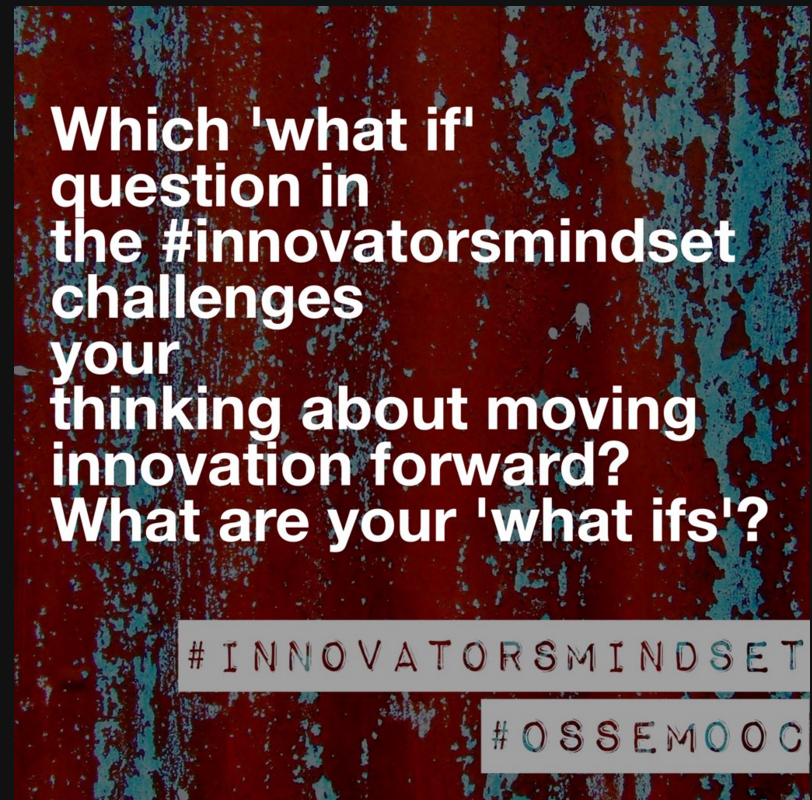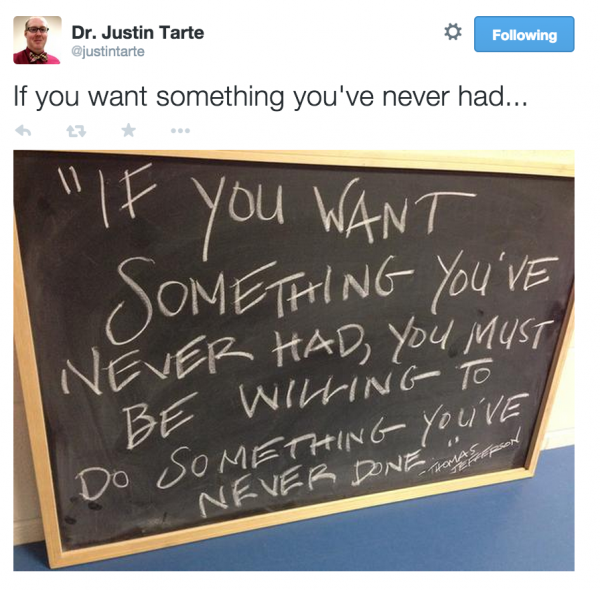PLCs have become a staple in schools across the US. No matter where you are in your adoption of PLCs – it’s undeniable that there is power in teachers talking about students and learning. I spent some time with my MN PLN friends Ryan Cox, Kristin Daniels, and Eric Simmons a few month ago talking about this very topic. We even presented some ideas at the Fall MASA conference and the Ties conference last year. But, as I have been reading and discussing George Couros’s book – Innovator’s Mindset – I once again coming back to those 4 questions and ways we can use PLCs to catapult innovation into our classrooms and schools.
Below I have listed the 4 PLC questions and have shared ideas and conversation starters to further explore those questions with innovation.
PLC Question #1 – What is it we expect our students to learn?
I think it is important for all of us to think about what it is we want our students to learn in school. We are accountable to meet certain standards and I think sifting through all of those standards and picking out the critical standards is very important work.
But is that it? Are we going to be satisfied with our students leaving our classrooms, grade levels, and school being proficient only in content? While we want our students to know content, we have much more responsibility than that to ensure that we are developing today’s and tomorrow’s learners/citizens. Just knowing stuff, isn’t enough. Once our critical ELO’s are determined, the exciting/transformational innovation can occur when educators take the time to connect core content to real world (job, life, social/emotional, local/global citizenship) experiences. Identifying subject area critical ELO’s also opens the door to interdisciplinary opportunities. Students are reading in science and social studies – how can we take advantage of this time to assess reading?
And finally, what is it our students want to know or are curious about? What are the opportunities to connect content with their interests?
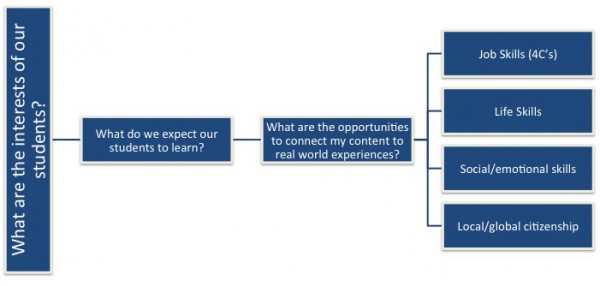
Innovation opportunities with PLC question 1
PLC Question #2 – How will we know when they have learned it?
Once we pick our critical ELOs and design learning experiences we need to determine how we will know students understand what we originally set out to teach them. This question has all to do about assessment and with assessment brings multiple opportunities for innovation. The first that comes to mind is formative assessment (assessment for learning). As we apply curriculum, we need to do small checks to see if students understand what we are trying to deliver. We use this information one of two ways. We either give students feedback to improve their success OR we alter something in our instruction to better meet the needs of our students. There are a variety of ways to do formative checks to find what students know. Technology can also provide an opportunity to innovate formative assessment. Instead of a one sized fits all system, we can now tailor assessment according to the child’s needs at the child’s pace.
Some of the more recent things that I see that are exciting are technologies that making thinking visible. Drawing pictures, telling stories, and creating products (go makers!) to showcase what a student knows can be a very rich form of assessment. Even if a student makes something with their hands, they can take a picture/video and explain their thinking very easily with today’s tech tools. These thoughts can be shared with parents, other students, and even at a global scale for feedback. This moment of learning can now used as artifacts to measure growth over a long period of time.
Assessment AS learning brings incredible way to innovate assessment – as the student has more ownership of the learning. Do you provide students with an opportunity to own their learning? Do they take more time to self assess/reflect on their work? Do they recognize their strengths and area where they need to improve? As we move content into “real world” experiences – I believe it is these types of artifacts and reflections that can help us understand if students understand the real world skills we are trying to provide them. I firmly believe – that the ePortfolio IS the assessment of the 21st century.
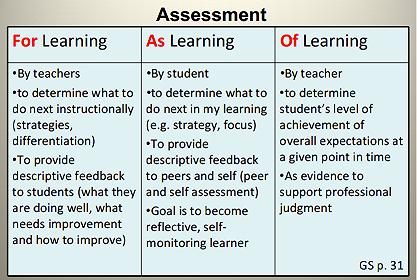
Assessment for, as, and of learning. Image credit – http://www.edu.gov.on.ca
How will we respond when some students do not learn?
One of my favorite videos is Todd Rose’s Ted Talk – The myth of average.
https://www.youtube.com/watch?v=4eBmyttcfU4 He offers a few critical findings from neuroscience that help us to re-examine assumptions about learning and new strategies to consider when designing learning opportunities for our students. Do you design your content and assessment to the edges or to the average?
 There are numerous ways we can begin to innovate when learners do not understand what we are trying to teach them. First – have you provided flexibility in how a student can meet the assessment you have provided? As we go down the road of personalization, we need to consider multiple paths to show learning and meet our learning goals. Universal Design for Learning offers some powerful strategies for educators to meet the needs of all learners by creating flexible paths to the how, what, and why of learning.
There are numerous ways we can begin to innovate when learners do not understand what we are trying to teach them. First – have you provided flexibility in how a student can meet the assessment you have provided? As we go down the road of personalization, we need to consider multiple paths to show learning and meet our learning goals. Universal Design for Learning offers some powerful strategies for educators to meet the needs of all learners by creating flexible paths to the how, what, and why of learning.
So often, I see interventions being exactly the same thing that did not work the first time (or second) for students…only MORE of it. And so the boredom and frustration begins. How open are you in creating multiple paths in learning? Do students have an active role in the decisions about their learning? Will this bring more buy-in to meet the course goals?
There is no doubt that relationships between the student and teacher can be key here. The better we know our students, the better we can customize their learning and connect learning to their interests. Are learner profiles beneficial option to get to know our students quicker? (last year’s ePortfolio might help too!)
What about the pace? If students do not learn, do you fail them – and move them forward, only for the same students to get further behind and never catch up? At what point is this not acceptable? I realize that there are grade level standards but these are conversations we need to consider to meet our students needs.
And finally, technology continues to evolve and provide more flexible paths for learners. Does having content online help our struggling learners by giving them 24/7 access to their teacher? What technologies provide flexible paths to content? NewsELA is an example of a website that allows learners to read current events at their reading levels.
How will we respond when some students already know it?
Designing for the edges not only supports our struggling learners, but also supports the learners who already understand the curriculum. Essentially, I see 2 options.
First option – provide opportunities for students to go deeper with the learning. Technology that taps into student creativity can be fun! (Enrichment worksheets are not fun) It’s time to let our students creativity shine! How do we continue to allow student to go up the blooms ladder? Can we connect learning to making? Can students design something they are passionate about? Maybe they like art, or music, or basketball. Is there anyway to tie the learning targets to their passions? Maybe you give students a couple of options, and also allow a “Create your own path” type learning activity/assessment. Students would need to present their ideas to you and there may need to be some sort of negotiation to determine if that idea is valid. As I think of innovation – this is the cream of the crop – our students as innovators by implementing original ideas to meet learning goals!
Option two – Let them move on to the next lesson/unit. This is one area where blended learning can be of service to teachers and students and allow students to get through the content at their pace (which is much faster than those who struggle). So what happens if you have students that get through the content quite quickly? Is there an opportunity for a genius hour type project? Or maybe there is another path for students to connect their learning to the real life experiences mentioned in question 1?
So what are your thoughts? Is innovation with PLCs a viable option? What ideas do you have to bring innovation to scale in your schools? What innovative ideas can you share aligned to any (or all) of the 4 PLC questions?

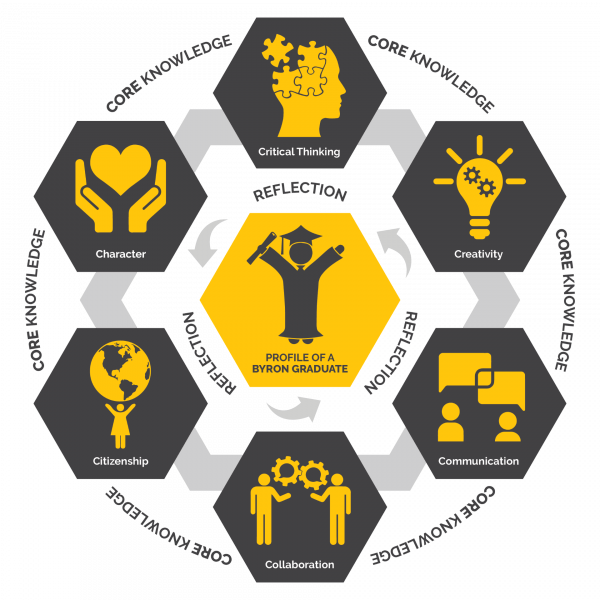
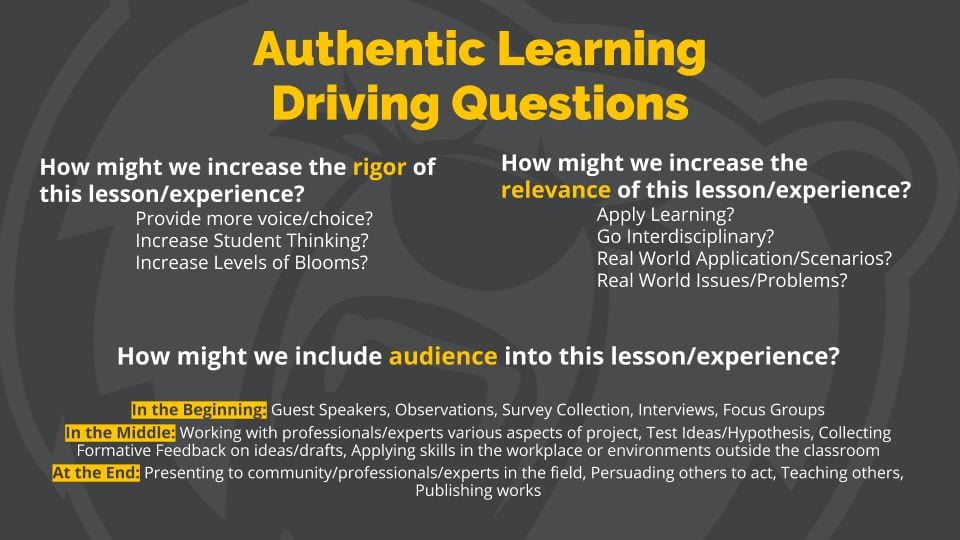
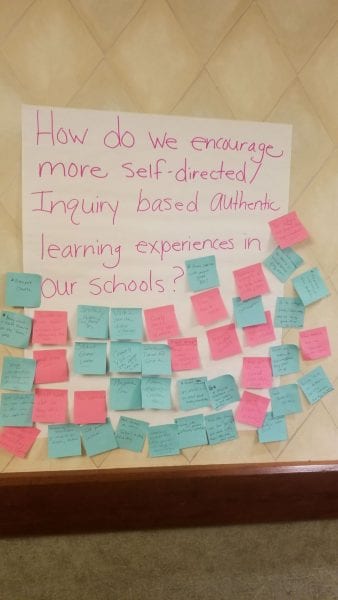
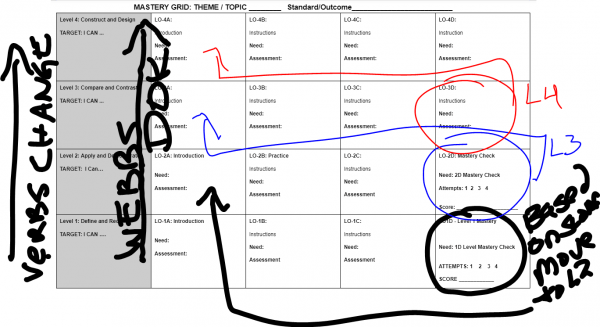
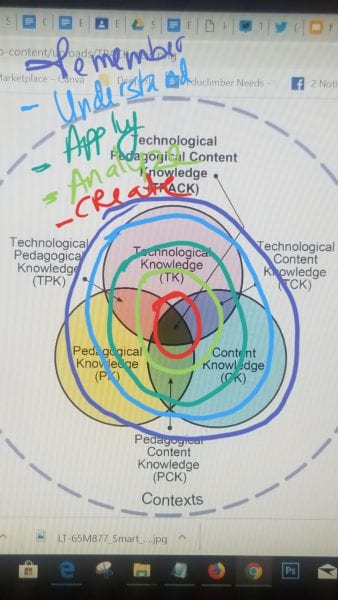
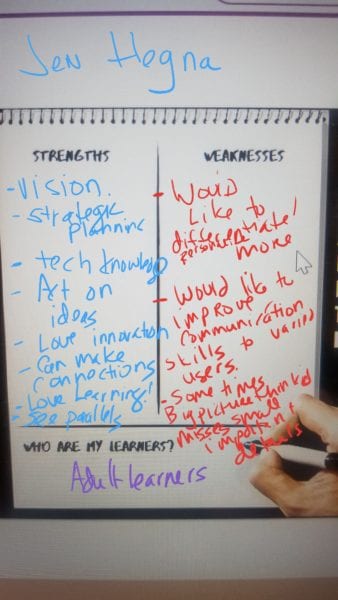
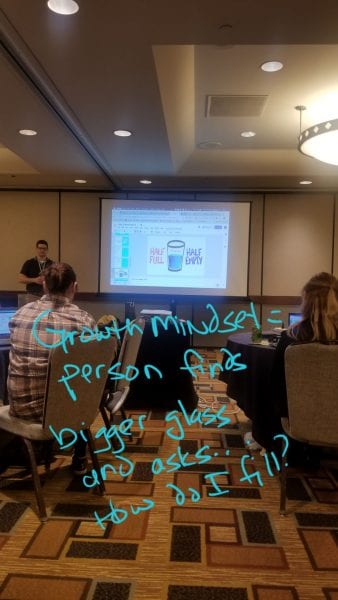
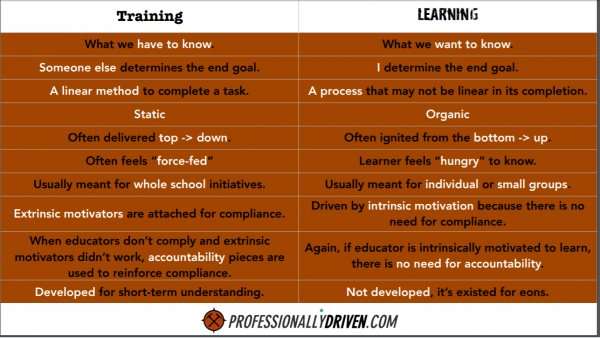
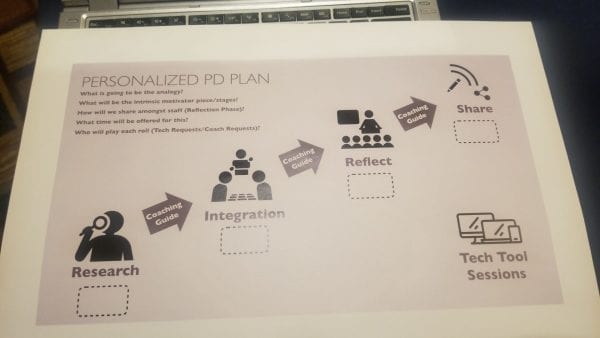
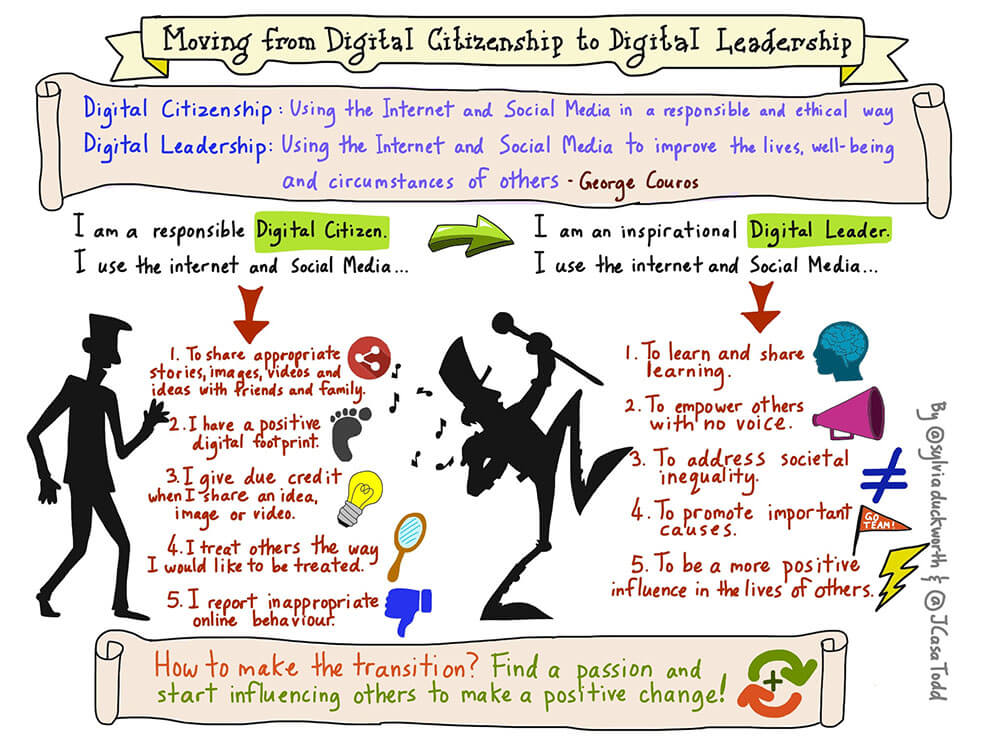
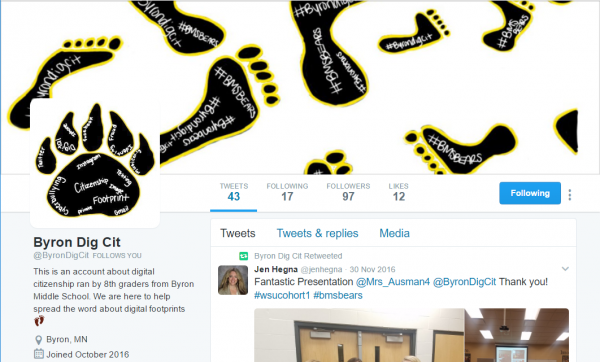
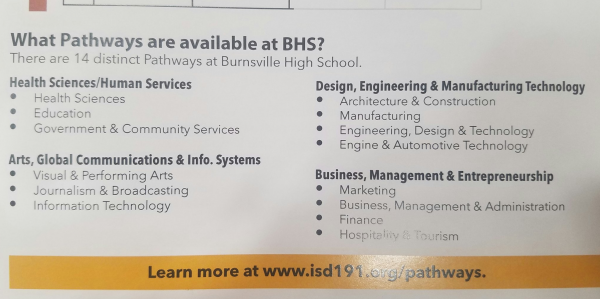

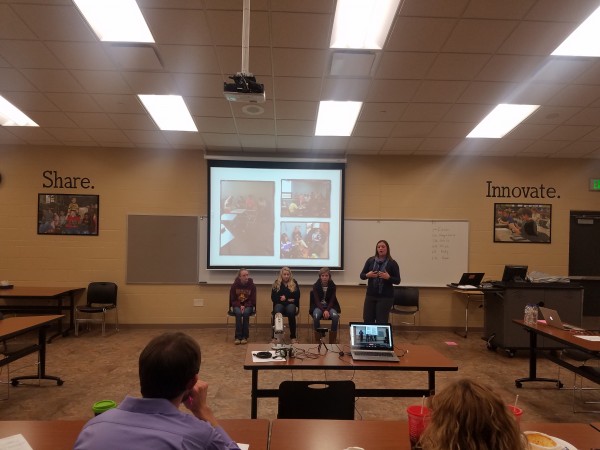
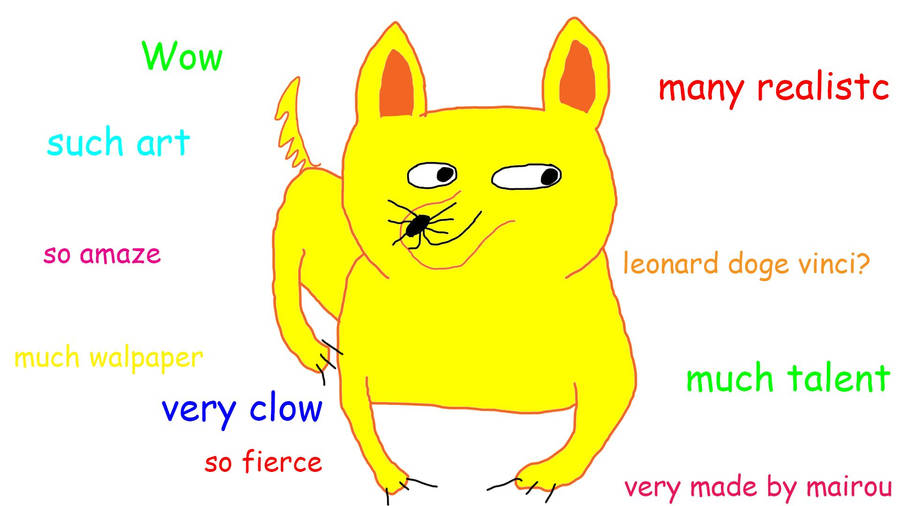 gress report templates done before day 1. While there are due dates there still is quite a bit of flexibility for students to do as much or as little as they want, and revise accordingly. (my students love this kind of flexibility) There are flaws to this. #1 being how do you fix problems of the course, while in the course live and your students are all over the place within the content? The added online component also makes it difficult to revise in a completely open course.
gress report templates done before day 1. While there are due dates there still is quite a bit of flexibility for students to do as much or as little as they want, and revise accordingly. (my students love this kind of flexibility) There are flaws to this. #1 being how do you fix problems of the course, while in the course live and your students are all over the place within the content? The added online component also makes it difficult to revise in a completely open course.

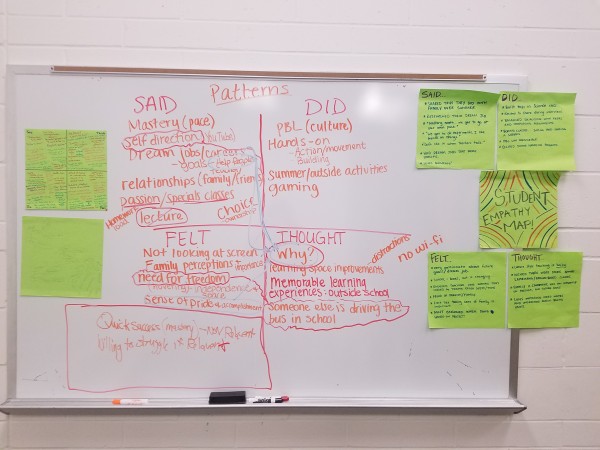
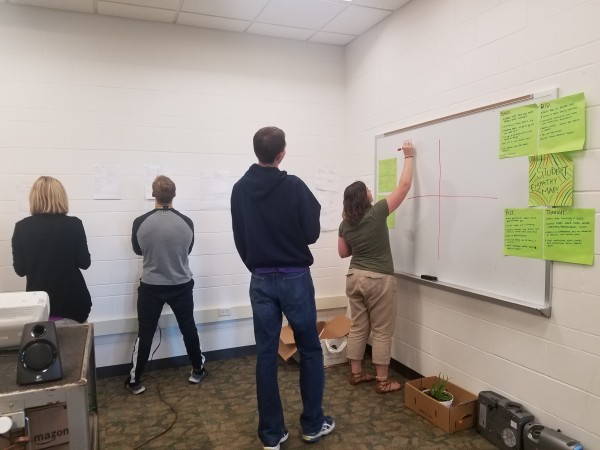
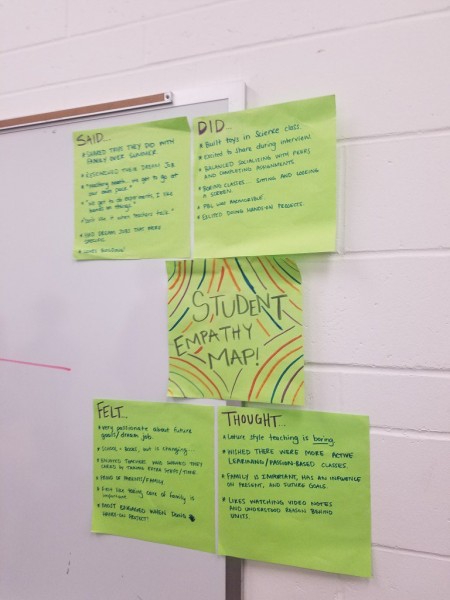
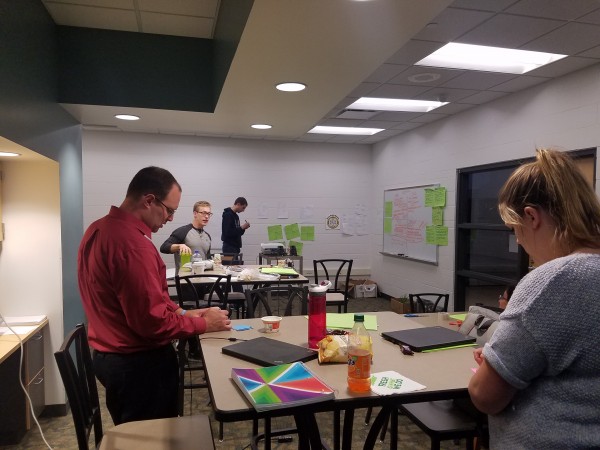
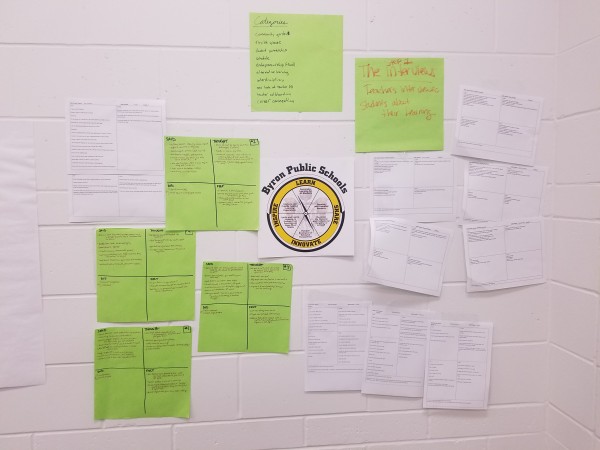
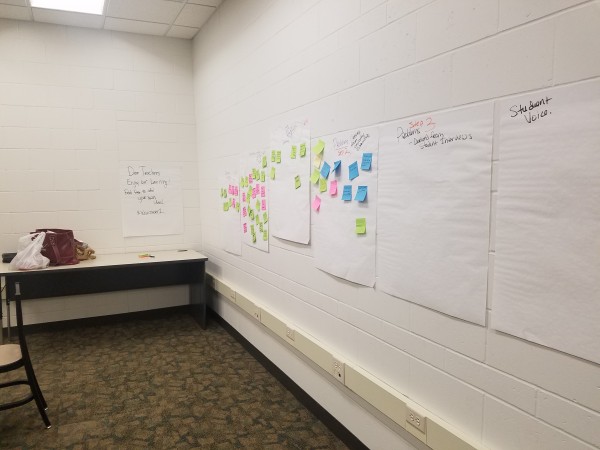

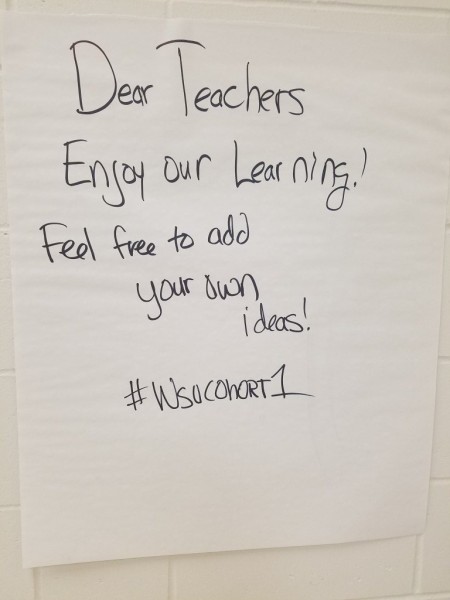


 There are numerous ways we can begin to innovate when learners do not understand what we are trying to teach them. First – have you provided flexibility in how a student
There are numerous ways we can begin to innovate when learners do not understand what we are trying to teach them. First – have you provided flexibility in how a student